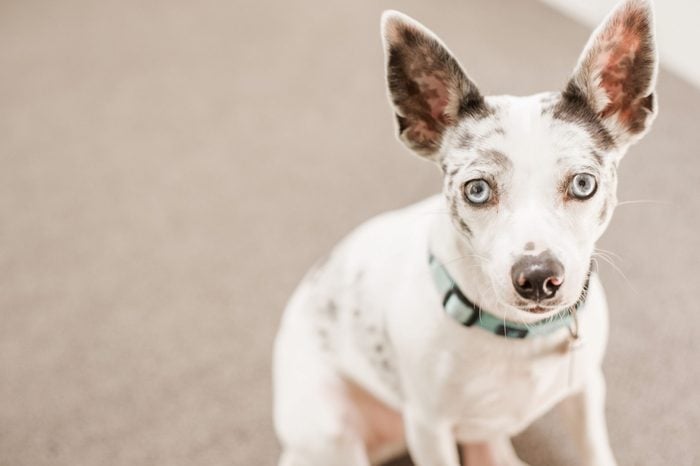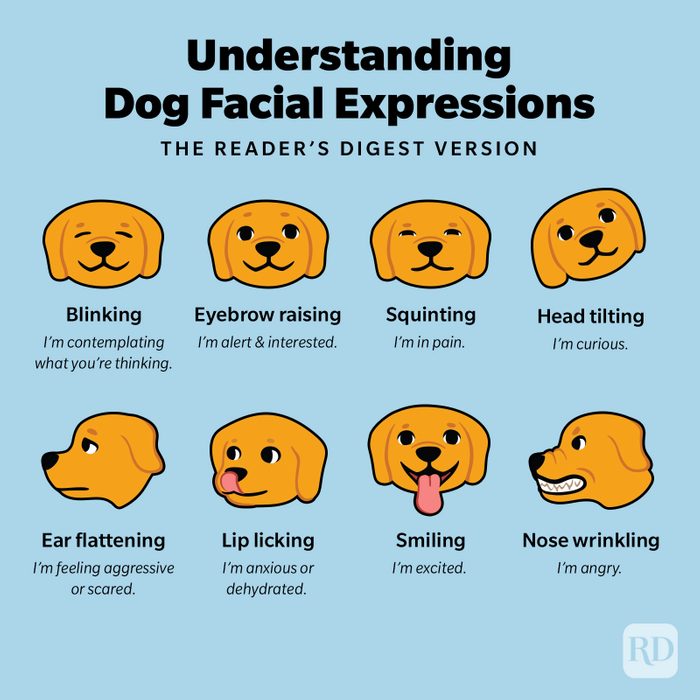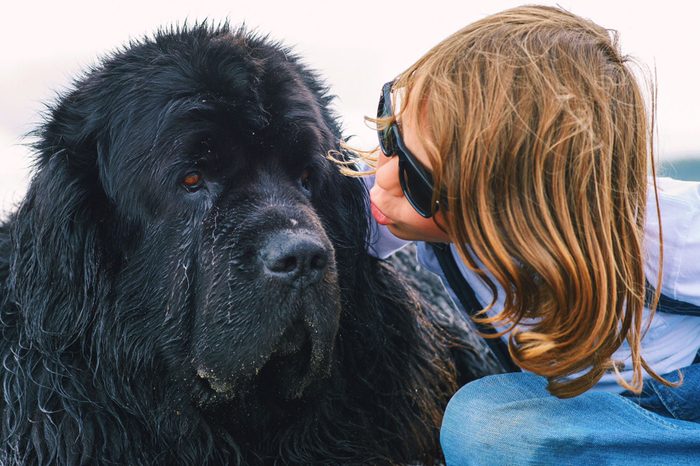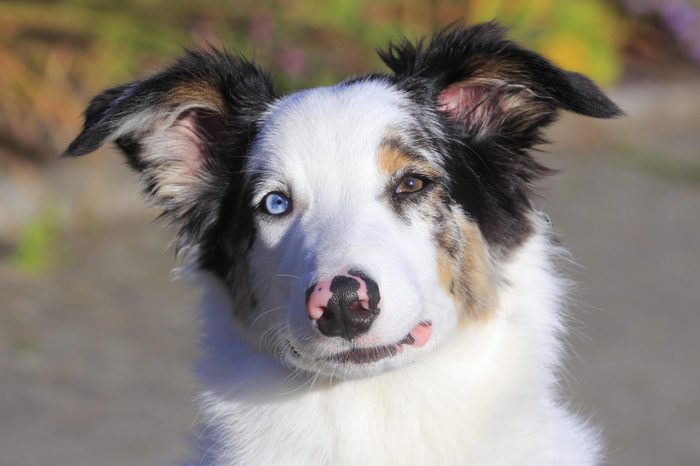How do dogs recognize facial expressions?
These close canine observations result in a form of communication. As most pet owners acknowledge, our dogs recognize our facial expressions. A frown tells a pup something is amiss and a smile makes his tail wag. Now, there is scientific evidence to validate our observations.
The University of Lincoln in the UK performed a series of experiments demonstrating canine ability to recognize facial expressions. In the tests, dogs were shown 12 s: two of a person and a dog looking negative or angry, two looking neutral, and two looking positive or smiling. As the dogs viewed each of the s, the scientists measured their reactions and assessed whether the dogs responded to the facial expressions of people and dogs in the same manner. They concluded that dogs are more sensitive to changes in facial expressions of other dogs, but that dogs did show different responses to the positive, negative, or neutral expressions of humans, too.
Dogs are so focused on our faces that they respond differently when they cannot see us. In another experiment, a dog was placed alone in a room. His owner and a stranger walked in via separate doors, crossed in front of each other, then exited through different doors. Dogs focused longer on their owners than the strangers. When left alone again, the dogs waited by the door where their owner exited. The experiment was repeated with the faces of both the owner and stranger covered. The dogs were less likely to focus on their owner or wait by the door for them, illustrating the importance of facial recognition to dogs.
How did canine-human communication develop?
Many years ago, the status of the canine-human relationship changed. No longer were dogs valued only for the work they could do herding livestock or protecting the home. With the advent of processed dog food and improved veterinary care, dogs moved from outdoors to indoors and were socialized inside the home. In their new environment, dogs learned to decipher human non-verbal language. They interpreted human moods, anticipated human needs, and were rewarded with food, shelter, and lots of love. This positive reinforcement stimulated increased canine efforts to understand their humans.
Humans are the center of the canine world. Because they depend on us for the basics of life, food and shelter, they monitor our every move. They know when we are rushed or relaxed, happy or mad, focused or available for play time. They are wise creatures that realize our moods affect them. A good mood may mean an extra snuggle while a bad mood may mean that it is time to hide under the bed.
Dogs do not have to understand every spoken word to get the gist of a conversation, especially since only 10% of what humans communicate is actually verbal. Non-verbal posture, gestures, body carriage, and facial expressions communicate 90% of what we have to say, so our dogs have learned to monitor these physical actions very closely.
This is what your dog’s body language really means
Whether they’re running and playing at the dog park or giving a warning growl, dogs seem like they’re pretty good at communicating with one another, but what do your dog’s facial expressions really mean? Over thousands of years of living with humans, dogs have developed a range of facial expressions, and they’ve become pretty good at communicating with us too.
We have a ways to go before dog-to-human interaction is fluent in both directions, but fortunately, there are experts out there who have dedicated their lives to figuring out dog body language and dog expressions. Turns out, there’s a big difference between how your dog talks to other dogs and how it talks to you. Some studies even show that dogs prefer happy human faces to angry ones, so maybe they really do know what we’re thinking! And maybe it’s time we learned the things dogs wish we knew. From puppy dog eyes to raised ears, here’s what your dog’s facial expressions really mean.

A perfect example of the dichotomy between dog-to-dog and dog-to-human facial expressions is eye contact. Between dogs, eye contact signals aggression, according to Wag, a site that offers services like dog-walking and pet-sitting. Between humans, eye contact is an integral part of communication. We reward eye contact from other humans as well as dogs.
After humans domesticated them, dogs developed an array of facial expressions. They also acquired the ability to use their gaze to win approval from and show love for their humans. Here are some things your dog knows just by looking at you.


Understanding what your dog’s facial expressions really mean also involves knowing what it means when your pooch breaks eye contact. When dogs stare at each other, they’re engaging in a power struggle that won’t end until one or the other breaks the gaze—and a fight could break out.
With humans, dogs are perfectly comfortable breaking eye contact, and in no way is it a prelude to trouble. Rather, it indicates a comfortable rapport between a dog and its person. Here are more unbelievable facts you probably never knew about your pooch.
